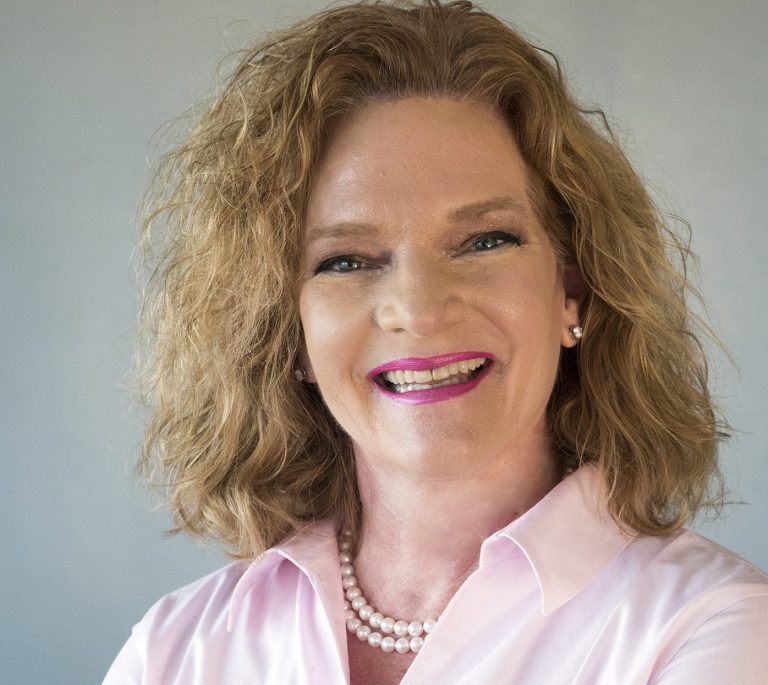
Elaine Mardis, Ph.D., Nationwide Foundation Endowed Chair in Genomic Medicine and co-executive director of the Institute for Genomic Medicine at Nationwide Children’s Hospital in Columbus, Ohio, was named president of the American American Association for Cancer Research (AACR) on April 1 during the AACR business meeting held at the AACR Annual Meeting 2019.
Mardis has won numerous awards during her career, much of which was spent as a key figure in the Human Genome Project at the Washington University School of Medicine in St. Louis, where she rose to co-director of The McDonnell Genome Institute.
“I am excited and humbled by my election as President of the AACR, and I am eager to work with (AACR CEO) Dr. Foti, her amazing staff, and the entire membership to promote basic and translational cancer research toward improved outcomes for cancer patients,” said Mardis on stepping into the position.
Recently, Mardis also commented on her past work in cancer research and the future of precision and genomic medicine for Clinical OMICs’ Fifth Anniversary issue, which also included contributions from a Who’s Who roster of luminaries in the field. Below is her interview.
What are the most significant advances in precision medicine/genomics over the past five years?
Mardis: In my opinion, the most significant advances are the increasing numbers of FDA-approved targeted and immunotherapies in cancer, most of which can be correlated to genomic aspects of cancers including specific genes/mutations of known cancer driver genes, and immunogenomic metrics such as increased neoantigen load, microsatellite instability in the setting of mismatch repair defects that predict sensitivity to immune checkpoint blockade inhibitors, or sensitivity to PARP inhibitors in the setting of homologous repair defects.
Also, monotherapy and combinations of these therapies are yielding important durable responses in cancer patients.
How has your work supported these advances?
Mardis: Our work has been integral in identifying new driver mutations such as IDH1/2 mutations in acute myeloid leukemia, which is now targetable by an FDA-approved therapy. We also have helped to define the significantly mutated genes in ER+ breast cancers, including late relapse ER+ disease, by sequencing cancer samples accrued in clinical trials. We have helped to define one of the resistance mechanisms that lead to acquired resistance to PI3 kinase inhibitors. Our work in neoantigen prediction has led to a highly utilized computational pipeline, pVacSeq, that can identify neoantigens in cancers and has been used to design personalized vaccines for several clinical trials.
What are the biggest challenges and/or opportunities that lie ahead?
Mardis: The biggest challenge in precision medicine is universal access that enables all cancer patients to have therapeutic options identified through precision medicine approaches as they progress from the standard of care. As increasing numbers of patients are able to access genomic profiling, their providers should be enabled to use these data to better evaluate treatment options in a way that doesn’t require access to high-level computational capabilities, but rather provides web-based tools for data upload and evaluation, returning information that is readily interpretable in the context of patients with similar profiles, and providing insights to apply new therapeutic modalities. We also need insurance payors to understand the value of these approaches in terms of quality-adjusted life years for patients and to reimburse the testing that will ensure precision medicine is available for all cancer patients who need it.
What is your vision for the future of precision medicine/genomics?
Mardis: Ideally, that all cancer patients can avail themselves of diagnostics that inform precision cancer medicine, and can benefit earlier in their disease course, rather than later, thereby reducing associated morbidity of chemotherapy and radiotherapy. This concept is especially important for our pediatric and adolescent/young adult patients, who still should have long and healthy lives ahead of them.













